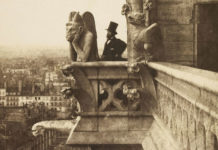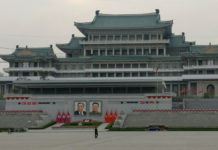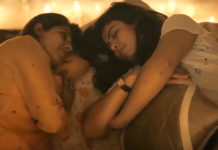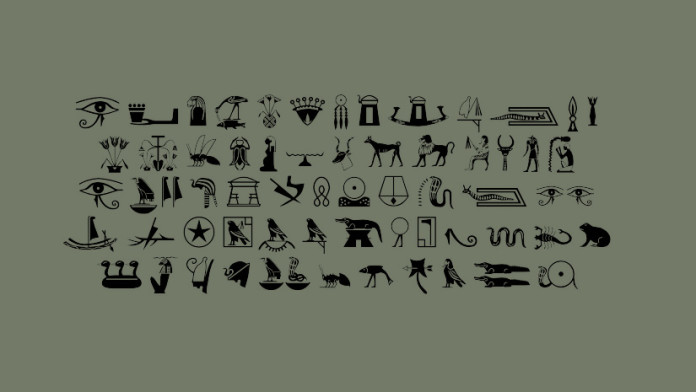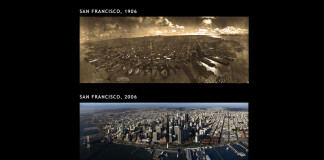Akhet:
 This symbol represents the horizon from which the sun emerged and disappeared. The horizon thus embodied the idea of both sunrise and sunset. It is similar to the two peaks of the Djew or mountain symbol with solar disk in the center.
This symbol represents the horizon from which the sun emerged and disappeared. The horizon thus embodied the idea of both sunrise and sunset. It is similar to the two peaks of the Djew or mountain symbol with solar disk in the center.
Amenta:
 This symbol represents the Underworld or Land of the Dead. Originally it meant the horizon of the sun set. Later, it became the symbol of the west bank of the Nile, where the sun set and also where the Egyptians traditionally buried their dead.
This symbol represents the Underworld or Land of the Dead. Originally it meant the horizon of the sun set. Later, it became the symbol of the west bank of the Nile, where the sun set and also where the Egyptians traditionally buried their dead.
Ankh:
 Symbol of eternal life. The gods are often seen holding an ankh to someone’s lips this is considered to be an offering of “The Breath of Life”. The breath you will need in the afterlife.
Symbol of eternal life. The gods are often seen holding an ankh to someone’s lips this is considered to be an offering of “The Breath of Life”. The breath you will need in the afterlife.
Atef:
 The atef crown was worn by Osiris. It is made up of the white crown of Upper Egypt and the red feathers are representative of Busiris, Osiris’s cult center in the Delta.
The atef crown was worn by Osiris. It is made up of the white crown of Upper Egypt and the red feathers are representative of Busiris, Osiris’s cult center in the Delta.
Ba:
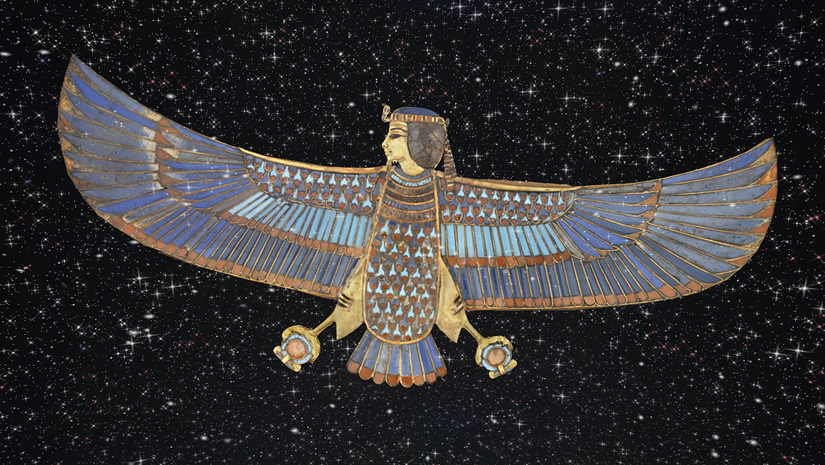 The Ba is personality. It would leave the body at the time of death. During the days the Ba would make itself useful, at night it would return to the tomb. At this time, it would look for the person to which it belonged. This would be the mummy, however, often the Egyptians would supply the Ba with a statue in the likeness of the deceased in case the mummy was lost or damaged.
The Ba is personality. It would leave the body at the time of death. During the days the Ba would make itself useful, at night it would return to the tomb. At this time, it would look for the person to which it belonged. This would be the mummy, however, often the Egyptians would supply the Ba with a statue in the likeness of the deceased in case the mummy was lost or damaged.
Canopic Jars:
 During mummification the internal organs were removed and placed in four containers. These containers often have human or animal-headed stoppers. The word, canopic, comes from the Greek name of the local god of Canopus in the Nile delta, who was represented as a human-headed pot. Canopic jars can be made of limestone, alabaster, wood, pottery, or even cartonnage. The heads of the canopic jar represented the Four Sons of Horus.
During mummification the internal organs were removed and placed in four containers. These containers often have human or animal-headed stoppers. The word, canopic, comes from the Greek name of the local god of Canopus in the Nile delta, who was represented as a human-headed pot. Canopic jars can be made of limestone, alabaster, wood, pottery, or even cartonnage. The heads of the canopic jar represented the Four Sons of Horus.
By: Archa Dave


